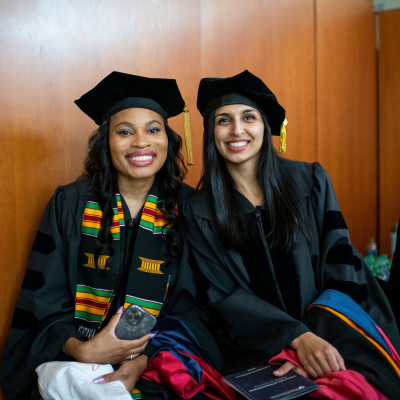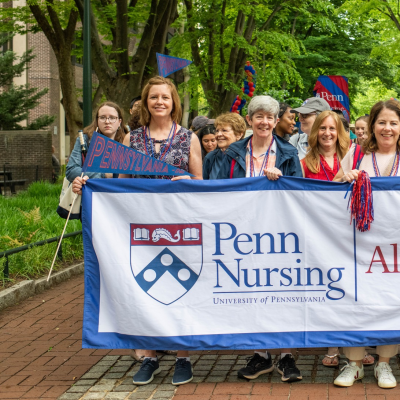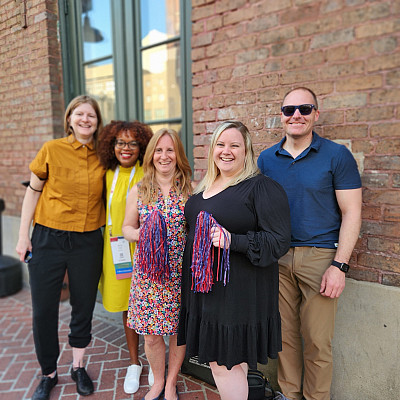1918 Flu timeline
In 1918, influenza, as it does every year, spread throughout the world. Unlike most years, this strain was faster and deadlier, becoming a pandemic within weeks. Philadelphia had one of the highest death rates in the country, four times higher than Boston. The daily death toll from influenza alone in Philadelphia would exceed the city’s average weekly death toll from all causes.
This timeline shows a quick look at the speed that influenza spread throughout Philadelphia, and how deadly it was.
300 sailors from Boston arrive at the Philadelphia Navy Yard. Four days later, on September 11, 19 sailors are reported ill. By this time though, sailors had already traveled throughout the city, and others had left for Puget Sound.
600 sailors and marines report ill to the Navy Hospital. The hospital runs out of beds and has to send men to local hospitals, including the Pennsylvania Hospital.
Five doctors and 14 nurses in a civilian hospital report fall ill with the flu.
Two sailors die of the flu, and on the 20th, fifteen more will die, including one civilian death at Philadelphia General Hospital. Dr. Wilmer Krusen, head of the City’s Department of Public Health and Charities, opens Municipal Hospital for Contagious Diseases to the Navy for their use.
At the time, most officials will not say that there is an influenza epidemic in Boston or Europe, and maintain that this is the regular occurrence of flu.
Twenty-four more are killed by the flu, including Emma Snyder, a twenty-three year old nurse at Pennsylvania Hospital.
The city’s Department of Public Health and Charities advises the public to avoid crowds, but does not move to ban public meetings or gatherings. As such, there is no way to enforce or encourage the advisory warning.
Between September 14th and 21st, the Visiting Nurse Society of Philadelphia (VNSoP) has 15 cases of influenza.
In response to reports of military camps bring overrun with the flu, Provost Marshal General of the US Army Enoch Crowder, cancels the October draft call for 142,000 registrants.
Two hundred - including 123 civilians - are admitted to the city’s hospitals with influenza.
Philadelphia’s Liberty Bond Parade is held, over the objections of doctors, scientists, and public health experts. Despite the warning, Dr. Wilmer Krusen, head of the City’s Department of Public Health and Charities, lets the parade move forward.
The parade is over two miles long, and several hundred thousand Philadelphia are in attendance, crowded together to raise funds for the war effort.
Between September 21st and 28th, the VNSoP has 170 cases of influenza.
A few short days after the Liberty Bond Parade, every bed in Philadelphia’s 31 hospitals are filled with the sick, and more are lined up waiting to enter the hospital for a bed. Hundreds more are sick at home.
Alice Wolowitz, a student nurse at Mount Sinai Hospital, dies within twelve hours of being diagnosed with the flu, one of the 117 reported dead in a single day.
Dr. Krusen bans all public meetings and closes churches, schools, theaters, and public funerals, although saloons are allowed to remain open.
Saloons are now closed by the state health board.
The first temporary facility for the sick is opened - Emergency Hospital #1 - and all 500 beds are filled within the first day.
“Spit Spreads Death” signs and notices are posted publicly. Failure to follow the order leads to arrest.
Presbyterian student nurse Gwenllian Carnes dies from influenza after falling ill 7 days prior.
Doctors report 254 dead from influenza. An estimated 75,000 are sick with influenza.
Between September 29th and October 5th, the VNSoP has 725 cases of influenza.
289 are reported dead in one day.
Over 300 are reported dead from influenza.
Several wealthy women of Philadelphia hold a meeting with twelve other private organizations at the Emergency Aid headquarters, to take charge of the relief efforts. This included distributing medical care and food in partnership with the Red Cross chapter in Philadelphia and heading the appeal for more nurses. The VNSoP is a member of this group.
The women raised the funds for a twenty-four hour phone bank at Strawbridge & Clothier, which provided information and referrals to callers.
Public school kitchens were transformed into soup kitchens to feed tens of thousands.
The committee divided the city into geographic districts to distribute aid and designated local leaders in the neighborhoods to assist with the effort. Physicians and nurses were then sent to the districts, rather than sent to individual patients.
759 are reported dead from influenza in one day. The previous death rate for all deaths was 485 per week before the influenza outbreak.
Between October 5th and 12th, the VNSoP has 1405 cases of influenza.
The end of the week of October 19th marks 4,597 dead from influenza and/or complications from pneumonia.
Between the 12th and 19th, the VNSoP has 976 cases of influenza.
New flu cases have dropped rapidly, so much that the order banning public meetings is lifted.
By this time the VNSoP has 491 cases of influenza.
Reporting of new flu cases have virtually stopped. Although there would be a smaller wave of cases in December, it is not as high as the fall outbreak.
The VNSoP has reduced its influenza cases to 85.
By the end of the pandemic, over 12,000 in Philadelphia are dead from influenza.
Related Links
Want to learn more?
- Check out our news stories at Calm, Cool, Courageous: Nursing and the 1918 Influenza Pandemic.
- Review our Researcher Subject Guide, including selected bibliography.
- Visit Penn Archive’s Penn and the 1918 Influenza Epidemic.
Curated Galleries from Our Collections:
Annual Reports Across Philadelphia
Meetings and Minutes Across Philadelphia
Visiting Nurse Society of Philadelphia Scrapbook








